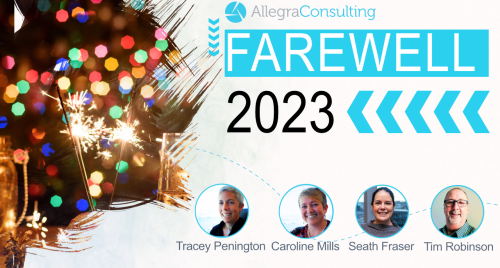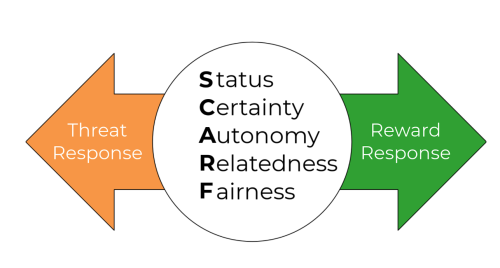
The beginning of the new year normally coincides with us setting development goals for the year ahead. Often these goals entail having to learn something new whether it be to progress your career or pursue a personal interest. To allow effective learning to take place, it is important to understand your preferred learning style.
The universally recognised learning styles are visual, auditory and kinaesthetic. You may already know your preferred or dominant style and already gravitate to learning activities that support that particular style. For those of you who are unsure, the following information will help you explore and confirm the way in which you prefer to learn. This information is also helpful for educators, trainers, facilitators and people leaders who engage with many different learning styles and need to cater their learning and training materials accordingly.
Visual Learning Style
Visual learners think in terms of images such as graphics and text on a page. They prefer information to be conveyed using diagrams, pictures or handouts that allows them to visualise relationships between ideas. I have included reading and writing under visual learning; however, these are often separated as a standalone learning style, especially when interacting with text is more powerful for a learner than seeing images. People with a visual learning style also learn through observation.
Examples of learning activities include:
- watching or observing others
- reading or writing instructions, timelines and graphs
- making notes or ‘brain-storm’ diagrams
- developing a document, model or diagram
- viewing a video (e.g. TED Talks video).
Auditory Learning Style
Auditory learners prefer to hear information rather than seeing a visual depiction or reading it. These learners prefer sound and the spoken voice and learn best through listening and talking with others.
Examples of learning activities:
- listening to a speaker and having the opportunity to ask questions
- talking through an issue or idea with other people (e.g. meetings)
- listening to audio (e.g. podcasts)
Kinaesthetic Learning Style
Kinaesthetic learners are hands-on, experiential learners – they learn best by doing.
Examples of learning activities:
- completing a practical or hands-on task (e.g. simulated tasks)
- incorporate role plays to enable an idea or proposal to come to life
- trying out or testing a system or process enough to learn how to use it.
Knowledge is power
Use your knowledge and understanding or your preferred style to ‘take in’ new information and reflect on your learning experiences and how you can learn differently in the future. With your knowledge of learning styles tune into other people’s learning preferences. Try to give information in a way that they will understand, such as, drawing a diagram, having an open discussion about the issue/topic, send an email with instructions or let them have a go at a new task.
Whatever your preferred learning style it is important to recognise that there is no right way, no right mix. And most people adopt different styles depending on the circumstances. Your dominant style is certainly not fixed – you can develop ability in less dominant styles. Recognising and understanding your learning style will help you use learning techniques better suited to you and doing so improves quality and speed of learning







